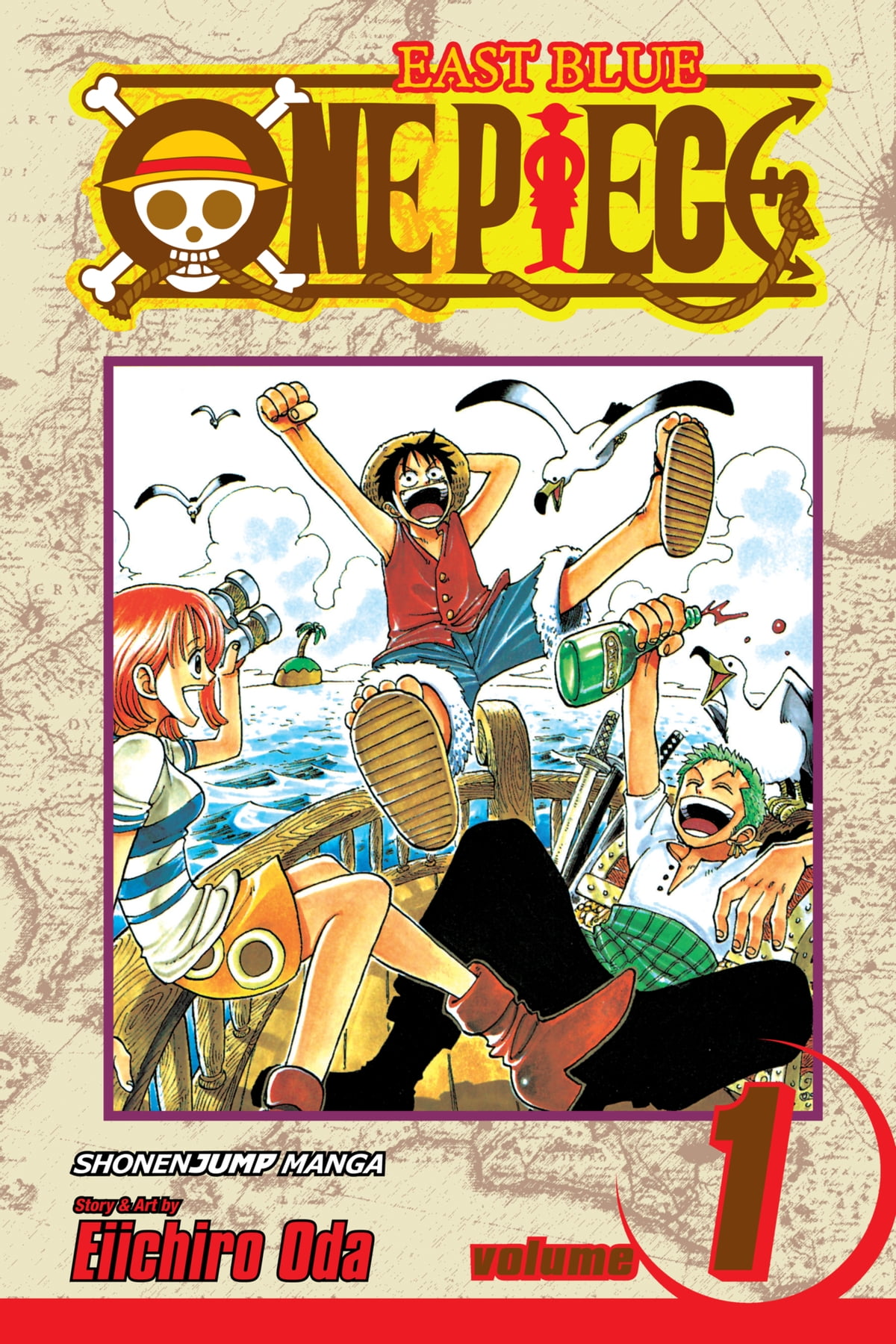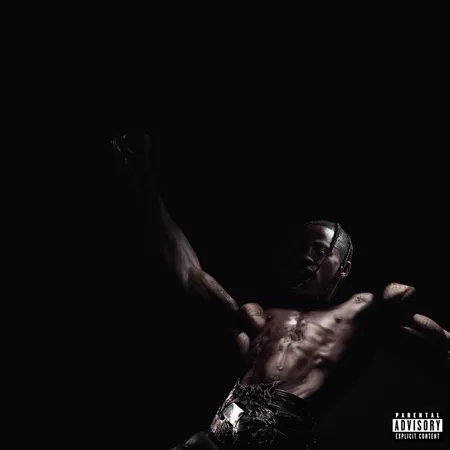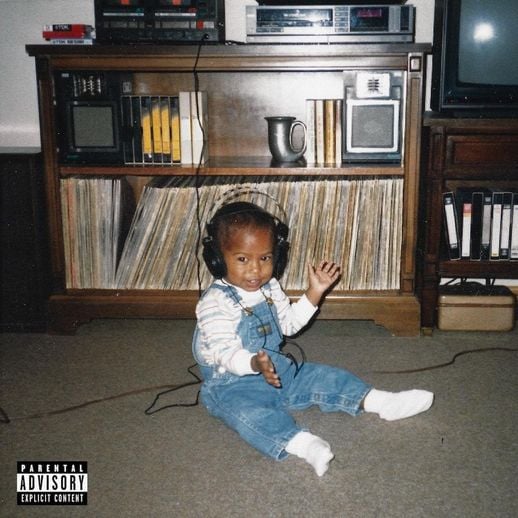By: Tommy “T-Rod” Rodriguez
If you’re a fan of any manga or anime, there’s no doubt you’ve heard about One Piece. A 25+ year-long shonen pirate epic that embodies adventure, comedy, and heartfelt storytelling, Eiichiro Oda’s pirate manga is one of my favorite ongoing series. After a few close friends put me onto the series (shoutout to the Problematic Posse, follow them here!), I was enthralled with the absolutely insane level of detail given to its characters & world, and its consistent quality. It’s a series that causes countless Internet users to theorize, scrutinize, and debate the aspects of a story that is constantly evolving and changing…
With the latest and longest saga of the series, Wano Country, wrapping up, I’ve been doing some thinking about the highs and lows of a series that is mostly highs. After a few looks at the ways the series’s various storylines have been divided, I decided to explore my feelings on them all and rank them based on their quality, their impact on me, and the way they made me feel as a One Piece fan. Let’s set sail on this winding adventure: from worst to best, here are the One Piece sagas I consider to be just okay to the cream of the shonen storytelling crop!
12: Punk Hazard: A Creative Concept Hampered by So-So Execution
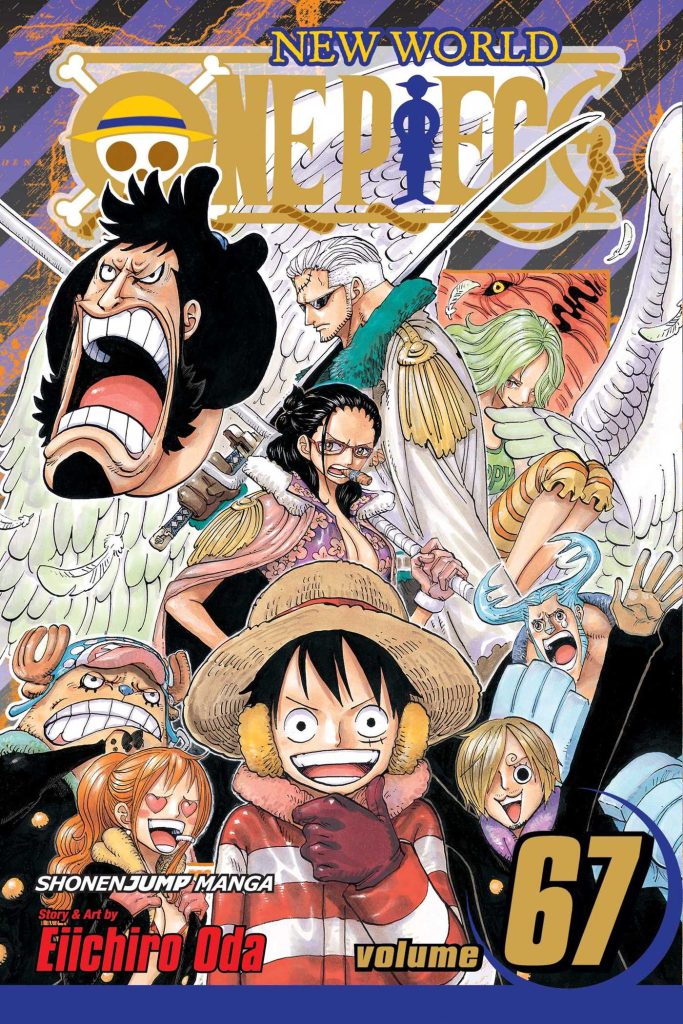
The first proper introduction to the New World (aka the second half of the story) for readers, Punk Hazard is unfortunately a bit of a letdown compared to the rest of the story. This isn’t to say the saga itself is bad; far from it. I think when you look at it on a higher level, Punk Hazard’s great: the volcano/snowtop setting being borne of a ten day battle between two of the series’ strongest characters is incredible, the separation of the Strawhat crew making for some nice character interactions and the proper introduction to Trafalgar Law’s badass character makes for some great moments. Where I think this storyline falters, however, is the actual chapter-to-chapter progression of things. Outside of a few key revelations and a pretty sweet Strawhat and Law alliance, nothing really is out of the ordinary for this section. Oda’s never one to play every saga the same, but this story’s “gimmick” involved body swapping between a few characters that led to some…let’s call them unfunny moments. Even the main antagonist, Caesar, never felt truly threatening, becoming a punching bag for Luffy instead of the devious menace earlier chapters hinted at. Couple this average story execution with the abandonment of fan favorites like Smoker, unfunny body humor, and a very safe conclusion and you have the technical “worst” of the One Piece sagas.
11. Fishman Island: A Great Message and World Paired with Zero Tension
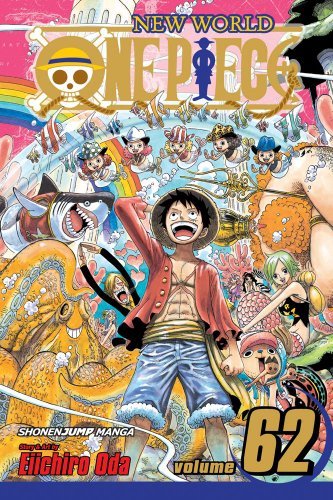
The Fishman Island Saga is often considered one of the worst in One Piece by the fanbase. While I don’t think it’s the best, I think it scores higher than Punk Hazard because of its thematic ambition and excellent reintroduction to the core cast. The first few chapters of the story are breathtaking; seeing how much stronger the crew has gotten and seeing how their designs changed is awesome. Once we head underwater to Fishman Island, however, things get far more interesting. I think the art and worldbuilding of the fishmen/mermaid society on Fishman Island is incredible. Oda is in rare form establishing their unique culture and place in the One Piece world, diving into the segregation the fish folk face from the above-water denizens. As much as I hate the idea of my previously-favorite character Sanji damn-near dying from an anime gag nosebleed, I love Oda using this childish humor to demonstrate the divide between fishmen and humans, not allowing the two to have blood transfusions.
For as strong as the worldbuilding and environmental storytelling is, I think the actual plot of this saga is the weakest of the series. There’s very little growth within the crew, save for characters like Luffy discovering the role he plays in either saving or destroying the island or Jinbei realizing his goal to help Luffy in his quest. This lack of growth, especially given the large character count of the series, can be forgiven. Where I can’t forgive Fishman Island, however, is the antagonist, Hody Jones. While he’s a great metaphor for how hate can warp an one’s mind, I think his physical presence is pathetic. His whole crew is easily demolished by the Strawhats, but it never feels earned: they’re a bunch of mooks that were never scary to begin wuth. When the final battle’s all said and done, there’s no real gratification. Perhaps that’s my action-oriented mind speaking, but I feel like if these antagonists were done better in terms of their strength and competence, they could have been as equally dangerous in ideology and combat. That lack of tension can’t distract me from how much love was given to Fishman Island, however, and that’s why it makes it to the 11th spot.
10. Thriller Bark: Great Character Moments and Setting, Bad Character Writing and Villains
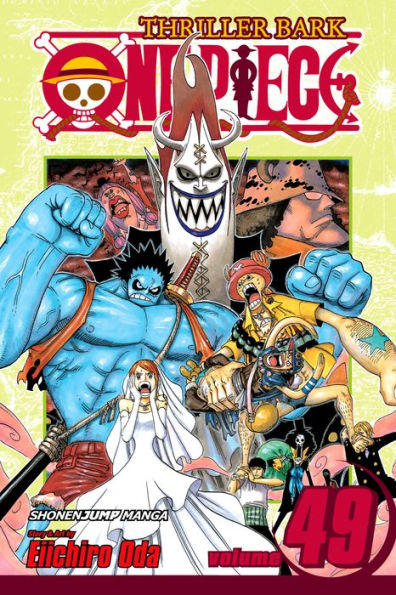
When I was first reading through One Piece, Thriller Bark was the first storyline that left me with mixed thoughts. Following up a saga as stellar at Water-7 is damn near impossible, and there are a few moments in the saga that reach that peak of emotional and inspiring storytelling. The introduction of Brook, his relationship to the whale Laboon (introduced hundreds of chapters before) and his heartbreaking backstory of loss and isolation is chilling. The setting itself is great, a nice mix of gothic horror and the goofy humor that the series is known for. Where the story begins to crumble, surprisingly, is where One Piece is usually excellent: its characters. Some characters here are really mismanaged, either by failed attempts at humor or lame direction altogether. To begin, Gecko Moria is one of the worst One Piece villains. His personality is bog standard and way too playful to truly make him stand out, his presence rarely delivers tension, and while his powers are cool, it feels like his defeat was very underwhelming. Other characters in Thriller Bark suffer too, especially Nami and Sanji. The former is turned into a stereotyped damsel in distress thanks to the absolutely loathsome side-villain Absalom, who I wished was the most detestable in this saga…but that honor goes to Sanji. My once favorite character is reduced to an immoral perv and has his character essentially ruined as he fights to be the weirdest and grossest character in the crew.
Moments like these are few and far between, granted, but the rest of the story feels very safe. Lots of fights happen, but nothing really stands out all that much in general. I honestly remember this beefy stretch of chapters for its tremendous lowlights and incredible highs, which makes it fall so far down for me. Those highs are some of the best in the series, however, with arguably the greatest moment going down in the surprise clash between Kuma and Zoro. Zoro’s sacrifice at the end is One Piece at its best, featuring classic visual storytelling, heartfelt heroism, and astonishing grit that really hasn’t been surpassed in the series since. It’s rare that moments like this encounter happen in any show, let alone a storyline as average as Thriller Bark, but it alone makes the storyline worth one readthrough.
9. Romance Dawn: A Slow Burn That Introduces You to a Shonen Masterclass
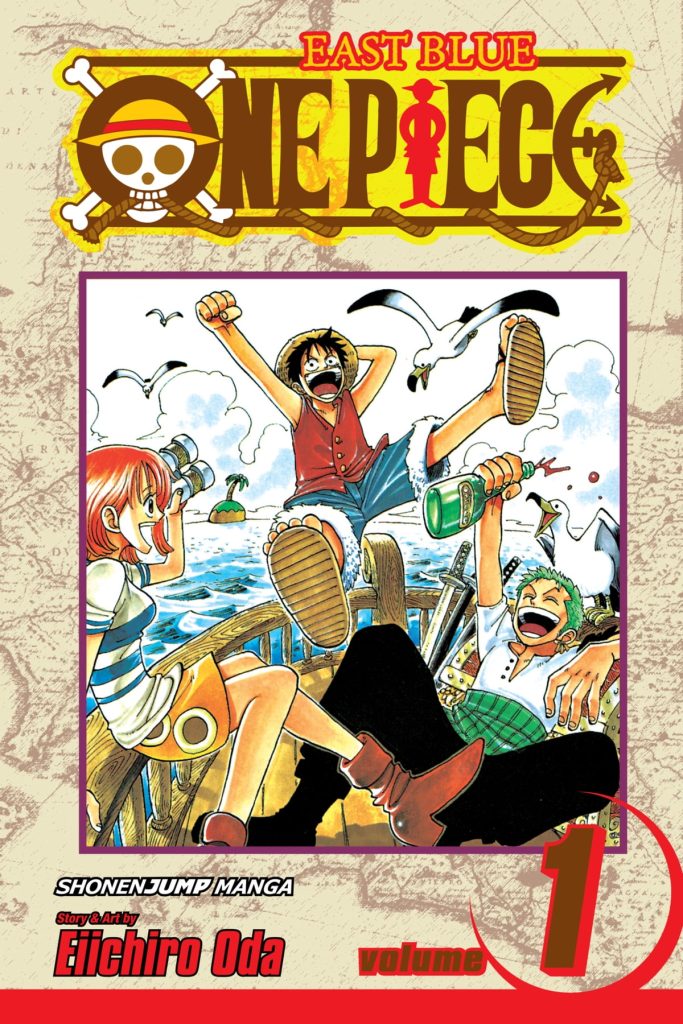
Starting One Piece’s 1000+ chapter run is daunting, but thankfully its opening is pretty solid, if a bit slow at first. Oda is incredibly deliberate in how he lays out his maps, especially those of his characters. Luffy’s introduction is genuinely fantastic, with readers instantly loving his determined and easygoing nature. Introductions to key crew members like Zoro, Nami, Usopp and Sanji are all well done, with each part of the saga getting more and more intense as we see how dangerous the world truly gets. Romance Dawn is made up of numerous mini arcs, which I think help it succeed in its pacing and progression. By the time Baratie appears, we’re already experiencing some of the best writing and action in the series, with Zoro’s devastating loss to Mihawk and Sanji’s relationship with Zeff being great peeks into their respective philosophies. If the saga ended here, it’d already be pretty good.
But we have the early masterclass arc, Arlong Park, to bring it all together. As far as One Piece arcs go, this is the one that truly made me love the series. Being an incredible deep dive into Nami’s backstory, the corrupt World Government and how far Luffy will go to help his friends, Arlong Park is a litmus test for how much you’ll love the series. That final walk up to Arlong’s hideout still gives me chills to this day; Nami’s pleas for help still get me teary-eyed; the questions that this arc raises for the world of One Piece are still relevant hundreds of chapters later. While this saga as a whole is very low stakes compared to the rest of the series, it’s far too charming to not recommend giving a shot.
8. Dressrosa: A Wild Rollercoaster That Can Go On for a Bit Too Long
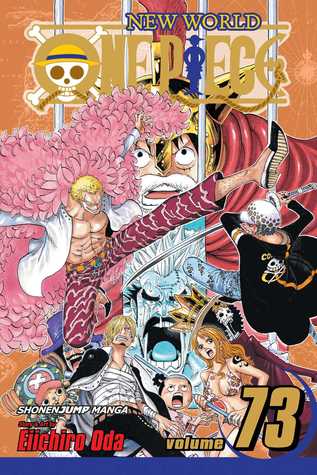
The first post time-skip saga that I was truly impressed by, Dressrosa thrives on its intricate setting, great fights and fantastic antagonist. The island of Dressrosa itself is possibly one of Oda’s most imaginative and well-fleshed out settings yet, being a mix of Spanish architecture, Roman combat arenas, and Small World toy residents. The whole place feels alive, especially as the saga;s real conflict begins and our crew separates to have impacts on its various environments. Luffy’s combat in the series’ only tournament arc is exhilarating, introducing us to a cast of some of the series most bizarre and lovable characters (Bartolomeo). Usopp and Robin’s shenanigans with the Tontatta people are adorable and hilarious. Law’s chess game with Doflamingo is incredibly tense. Doflamingo is easily one of the series’ best villains, boasting both an incredibly sinister personality and a power that suits his machiavellian scheming. His presence in this story is monstrous, creating some of its most tense and disturbing moments. As his crew and Luffy’s clash, we get a more detailed look into both his and Law’s relationship, revealing some of the most f-ed up backstories the series has yet…while also boasting some of the best fights at the same time.
More so than saga prior to it, Dressrosa feels massive. Our crew are obviously the main characters, but many others are introduced and explored to mostly successful degrees; this helps the saga feel varied and dynamic as we constantly shift perspective to interesting matchups and relationships. This same strength, however, is the saga’s main weakness. Because of how long it is, Dressrosa feels like it can meander when it isn’t focusing on the main clash between Law, Luffy and Doflamingo. While theirs is excellent, it feels like this duel takes forever to set up as we shift perspective to characters that just aren’t as interesting, ala Rebecca or Sabo (who became much better as a character later on). Still, with a plethora of well-written fights, a great villain, and a very interesting setting, Dressrosa doesn’t disappoint.
7. Zou: A Hidden Gem That Places the Endgame in Our Sights
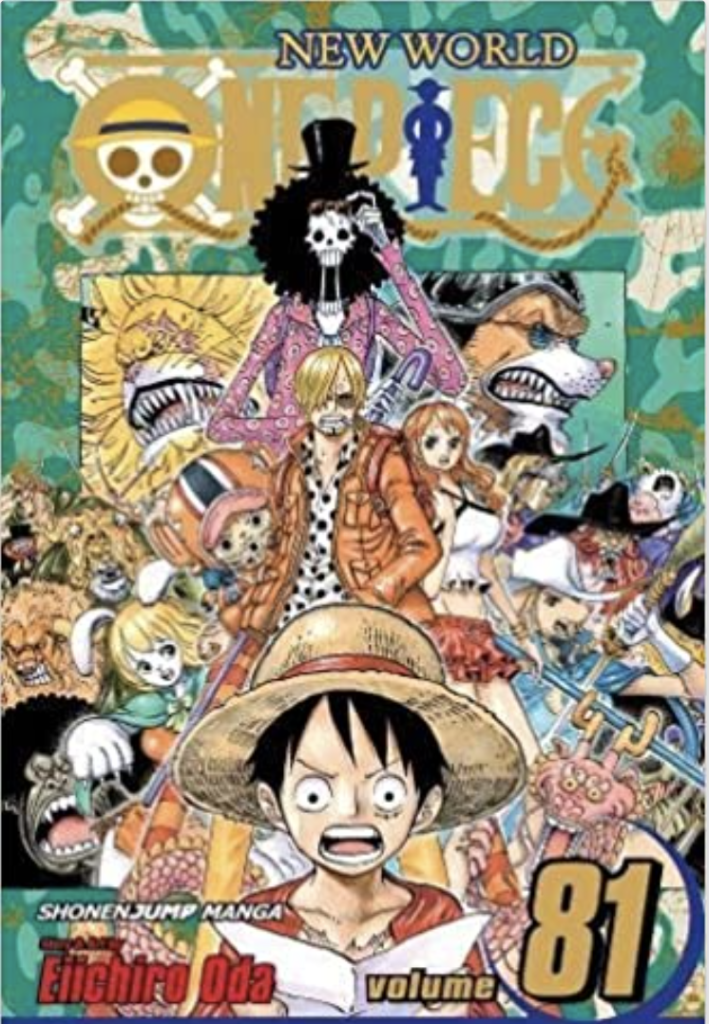
I feel like of all One Piece sagas, Zou is easily the most underrated and forgotten. It’s a shame too, as this is easily one of the best post-timeskip sagas when it comes to pacing and creativity. A relatively peaceful, if not mysterious, stretch of chapters featuring our crew regrouping after Dressrosa was definitely needed in the story…but this stretch offers some great insight into the end of our heroes’ journey. The island of Zou being a massive elephant was awe-inspiring, especially as you realize its hauling an entire society of animal folk on its back. The ruin of this society is equally intriguing as we flash back to a disturbing battle between the Minks and Kaido’s crew and wonder where the hell Sanji went. The story is one big mystery box that is slowly unraveled over time, leading to one of the most satisfying reveals of the series. “Raizo is alive” still gives me goosebumps!
In addition to the great world=building and mystery that the saga provides, its important to make mention of how this small piece of story sets up the end game of One Piece. By introducing the next few objectives for our crew to reach (get Sanji back, read the Road Poneglyphs, kick Kaido’s ass), Oda made the final goal of the series tantalizingly tangible. This was the moment when I was catching up with the series that I realized how well-thought out everything has been plotted through the series up to this point…and it’s safe to say he delivered after this small but lovable story. While it is a lot of exposition, I think it’s worth revisiting to see how many truth bombs were dropped here…
And it only gets better from here. See you soon as I rank the rest of these sagas from 6th to 1st! As we work on this next part, let me know what you think about my ranking; agree or disagree? Anything I failed to mention you think I should have brought up? I’m all ears!
SOFLOSOUND.COM is your one stop shop for a music and manga fan’s reviews, profiles, and essays. By the youth, for the youth, and allied with all oldheads, everywhere. Leave a comment below on what you want to see next!
